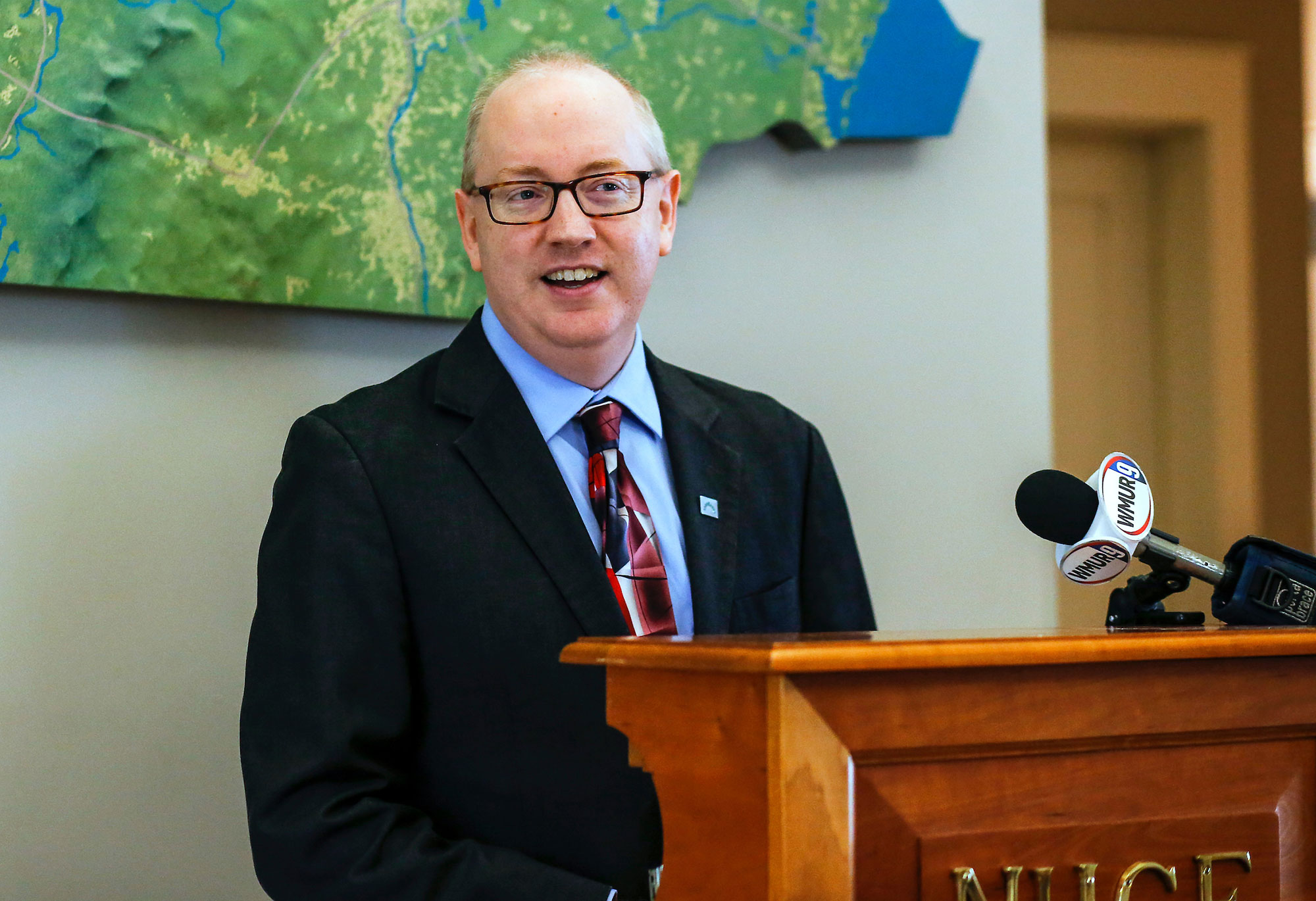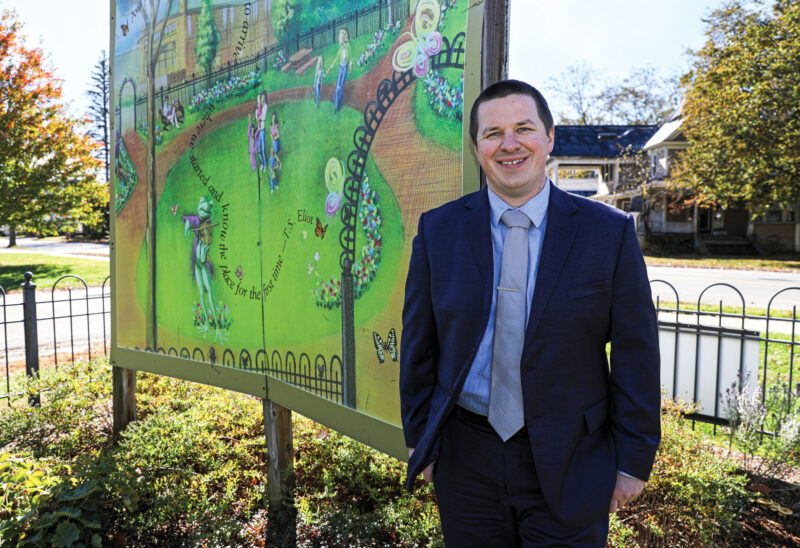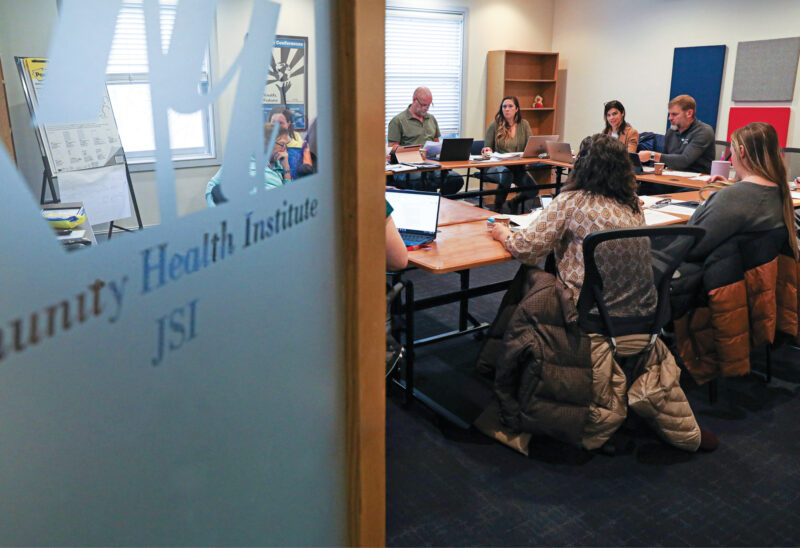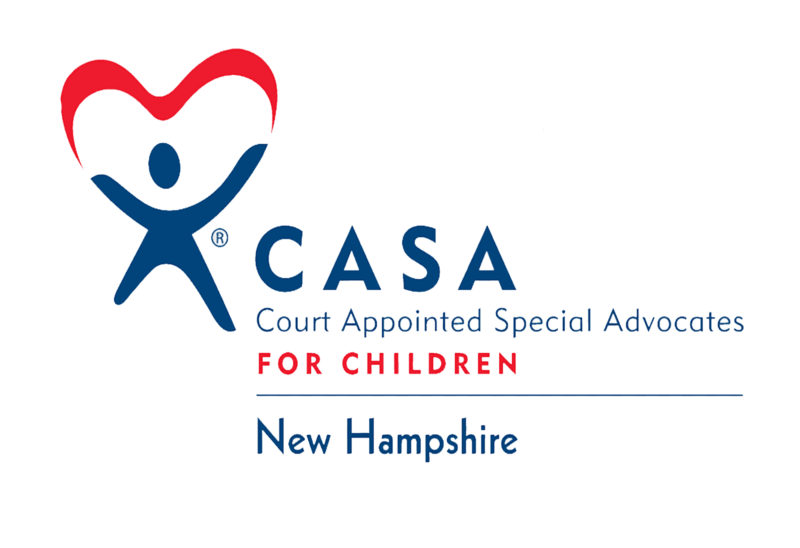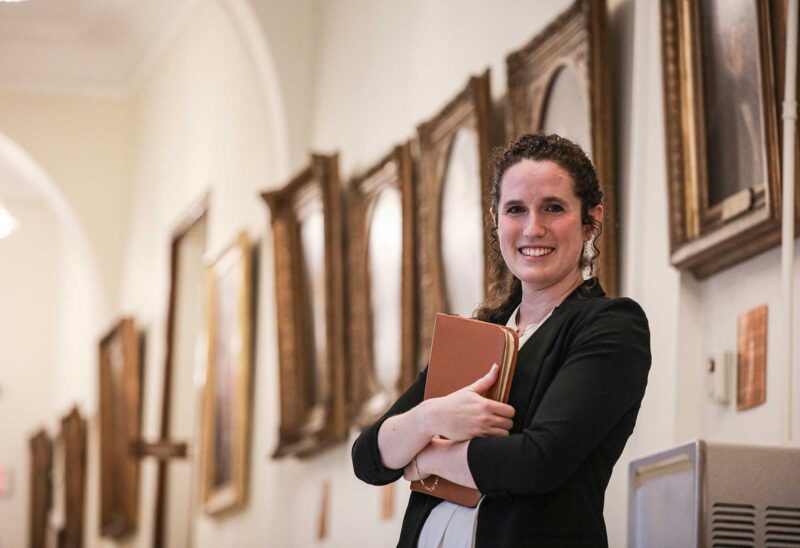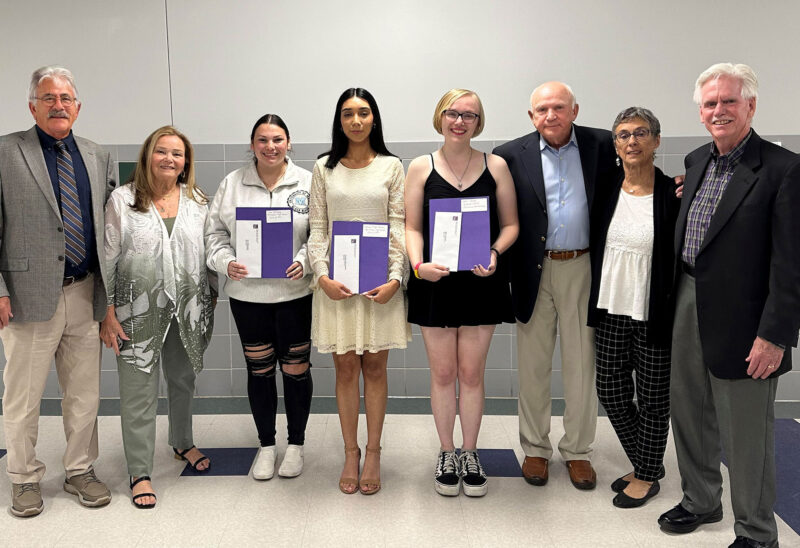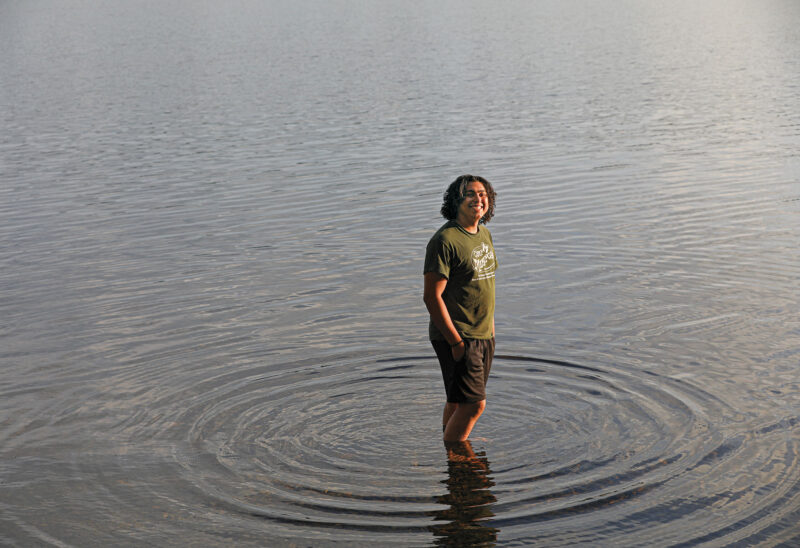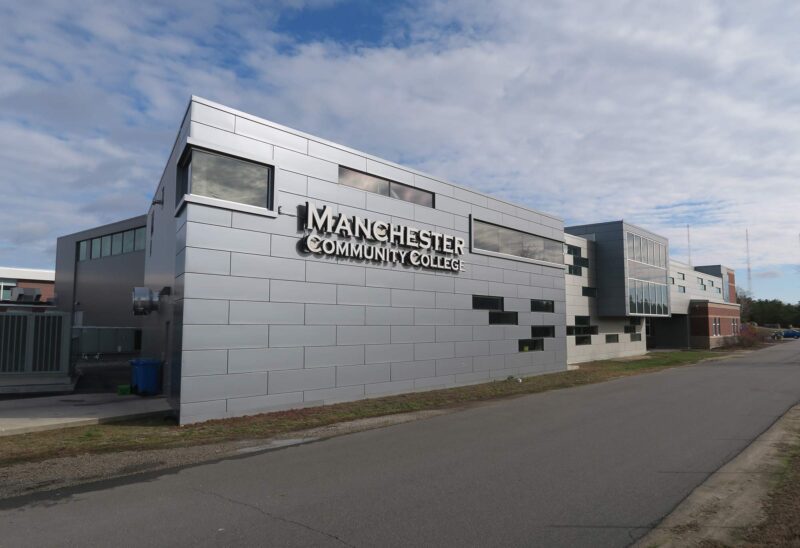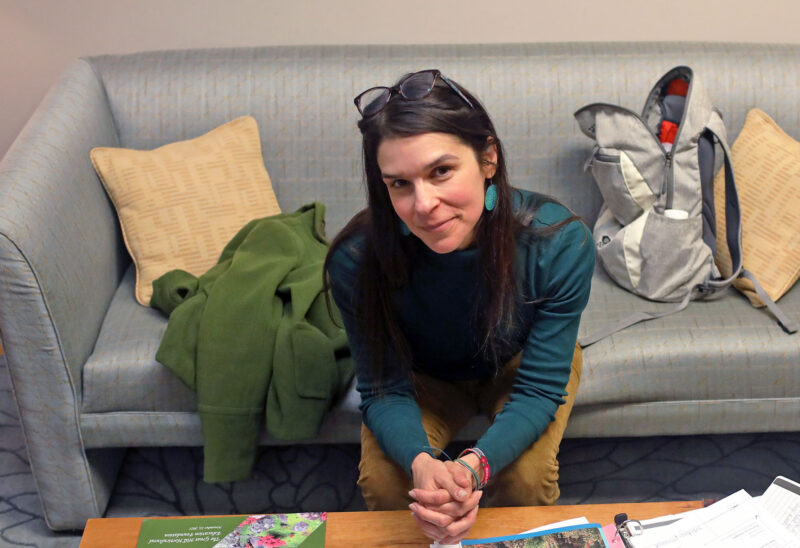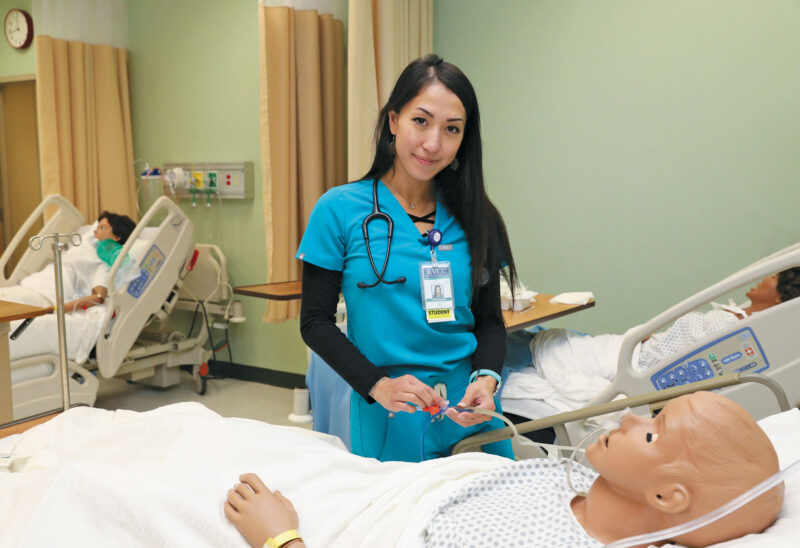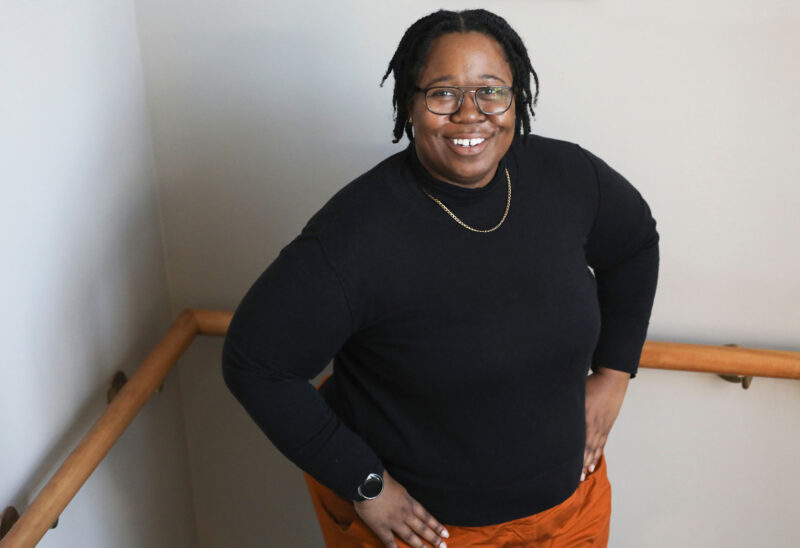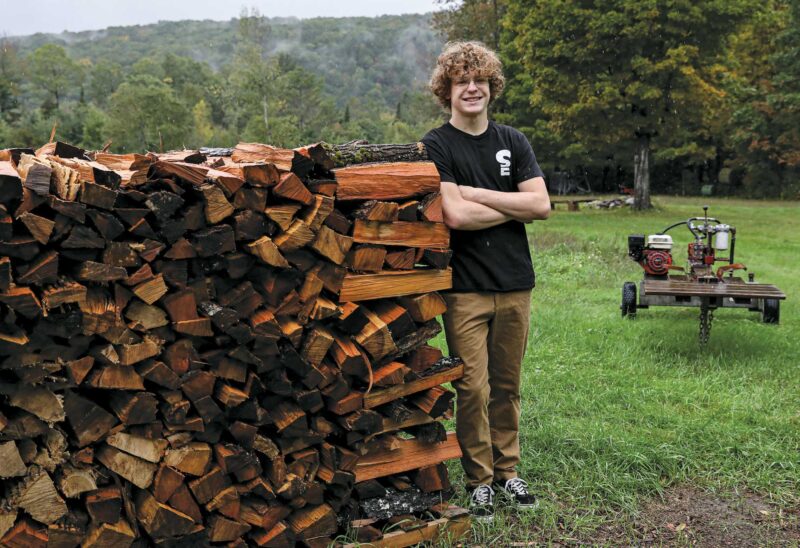One of my favorite quotes about the importance of the prevention of substance misuse comes from New Hampshire author J.D. Salinger. He wasn’t writing about that specifically, but it’s what I think about when I read it:
“Anyway, I keep picturing all these little kids playing some game in this big field of rye and all. Thousands of little kids, and nobody’s around — nobody big, I mean — except me. And I’m standing on the edge of some crazy cliff. What I have to do, I have to catch everybody if they start to go over the cliff — I mean if they’re running and they don’t look where they’re going I have to come out from somewhere and catch them. That’s all I do all day. I’d just be the catcher in the rye and all. I know it’s crazy, but that’s the only thing I’d really like to be.”
The image of kids running toward certain calamity is grounded in new science that raises the alarm on the impact of our addiction epidemic on children. More than 9 million children in the United States grow up in homes with parents struggling with addiction to alcohol and other drugs. Exposure to substance use in the home is an Adverse Childhood Experience (ACE). Research has shown that ACEs are directly related to a whole host of poor health outcomes later in life — including high risk for problems with alcohol and other drug use.
“The Ripple Effect,” a recent report produced by the United Hospital Fund, is garnering attention for uncovering this hidden generation of victims who are suffering from the effects of their parents’ opioid misuse. The report identifies that 2.2 million children nationwide, and more than 14,000 children in New Hampshire, are directly affected. New Hampshire has the second-highest per capita rate of youth affected by the opioid epidemic of any state (West Virginia has the highest rate.)
In New Hampshire, the number of children affected is equivalent to the size of the entire student body in our state’s largest school district. These children are living with the trauma associated with their parents’ addiction — including parental incarceration, overdose and death.
The report highlights the long-term social, emotional and financial cost of this tragedy: More than $2 billion in additional health, social service and other lifetime costs is directly attributable to the impact of addiction on these children in New Hampshire alone. And it bears remembering that these impacts are only part of the story, as this report focuses solely on the impact of opioids. In New Hampshire, where alcohol kills more people than all illicit drugs combined, this projected financial burden will come on top of the billions that the state already loses in worker productivity, public safety and healthcare costs caused by the broad array of substance use disorders that befall our citizens.
The situation for these children is dire. But it doesn’t have to be.
And that’s where we get back to the Salinger quote, and the people and experiences that can be the “catchers” for kids who are hurtling toward the edge.
Another recent report provides a roadmap to help protect kids at every age and stage, and to foster brighter futures. A recent study in JAMA Pediatrics looked at the converse power of Positive Childhood Experiences (PCEs). Researchers found that PCEs could not only reduce the risk of trauma, but also intervene in the lives of kids who have experienced ACEs to prevent them from developing the negative health outcomes that concern us most. Researchers identified seven PCEs that protect kids. When the following things are true for kids who have experienced ACEs, they have demonstrably better outcomes in their lives:
1. Youth are able to talk to their family about their feelings.
2. Youth feel their family stands by them in difficult times.
3. Youth feel safe and protected by adult(s) in their home.
4. Youth have at least two non-parental adults who take a genuine interest in them.
5. Youth are supported by friends.
6. Youth feel a sense of belonging — specifically in high school.
7. Youth enjoy participation in community traditions.
So how can we collectively ensure that all kids get exposed to Positive Childhood Experiences?
It will take a concerted effort by partners across all sectors to “catch” kids affected by the opioid crisis, to help them to overcome adverse experiences of their childhoods and make sure they have the opportunity to thrive and grow into the adults who will sustain our communities tomorrow.
At the Foundation, our New Hampshire Tomorrow Initiative working to do just that.
Here are a few examples of how:
A grant to Dartmouth Medical Center is expanding the “Recovery-Friendly Pediatric Practice,” ensuring that pediatricians are screening for ACEs and providing early supports to parents in recovery and their infants;
A range of supports is being provided around the state to help pregnant and newly-parenting women and their infants, and to families — including medical treatment, parenting classes, recovery supports and more — with help from Foundation grant funding.
Big Brothers, Big Sisters, The Mayhew Program, The Circle Program, Boys & Girls Clubs and other grantees are continuing to ensure that kids have access to positive mentor relationships;
The Children’s Behavioral Health Collaborative at New Futures is working to foster better connections between school districts, youth-serving organizations and behavioral health providers to improve school climates and expand wraparound services to support kids and families.
These are but a few examples of organizations that are committed every day to fostering resiliency and bright futures in our children and young adults. They all need more resources behind them, and mentoring programs need more volunteer mentors.
As a parent, I take comfort in the communities where my children live, learn and play — those communities are part of the protective fabric of their lives.
Each one of us has an opportunity, a responsibility, to stand in that field, and catch those kids. In our respective fields, and roles, we all have to be the catchers. It is, indeed, “the only thing I’d really like to be.”

